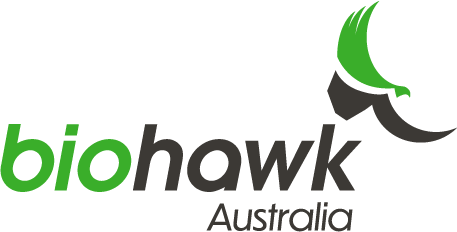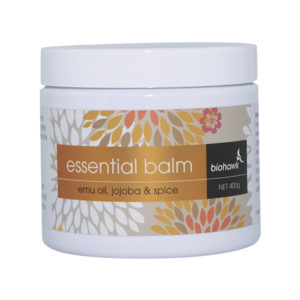Global Handwashing day is on October 15, 2020. Have you ever thought about where soap came from and its benefits?
Our skin is bombarded daily with the impacts of the sun, drying winds, bacteria and dirt. Our distant ancestors learned quickly that preserving the health of skin is a way for better and longer life. As civilizations slowly evolved from Stone Age into modern times, advancements in technology, chemistry and medicine enabled the rise of soap. Created from the countless variation of ingredients, all soaps have two main components – fats or oils and an alkaline solution that enables the process of saponification. During the last few thousand years the process of soap creation has received many upgrades, mostly in the addition of natural additives of colour and fragrance.
The existence of first soap like material can be dated to 4800 year old archaeological digs of ancient Babylon. More detailed accounts of soap like substances being used came from 3500 year old Ancient Egypt, where soaps and aromatic oils were not only used for washing of textiles but also as important medical cure for many skin and muscle diseases. The tradition of using soaps continued throughout Roman civilisation, where several medicinal instruction books clearly stated that use of soap is beneficiary for health and long life. Other civilisations used soap; The Phoenicians used goat’s tallow and wood ashes to create soap in 600BC. The Celts made their soap from animal fat and plant ashes and they named the product saipo, from which the word soap is derived. All of them made soap by mixing fat, oils and salts. Soap wasn’t made and use for bathing and personal hygiene but was rather produced for cleaning cooking utensils or goods or was used for medicinal purposes.
By the 17thcentury the benefits of soap had gained major appeal to the European population and it had become common place in the traditions of maintaining personal hygiene. Through advancements in technology and science the simple soap was transformed into a more useful cleaning tool. With mass production came the addition of many substances that caused skin irritation and other harmful effects. There has now been a shift back to the simpler soaps that are safe and more environmentally friendly.
Washing hands with soap and water will remove substantially more disease-causing organisms than washing hands with water alone. Germs are everywhere. We collect them, inhale them and share them, all day and every day.
Numerous debilitating diseases are caused by germs that are spread through contact with surfaces and people—and it’s our hands that can help spread these germs to ourselves and others. Poor hand hygiene contributes to the spread of germs, which can cause many health issues including gastrointestinal and respiratory infections.
A regular 20 second hand washing routine using soap and water could help make us all healthier.
With its beneficiary medical use, ability to clean our clothes and disinfect our surroundings from harmful bacteria and dirt, soap remains one of the most useful and fundamental hygiene tools that man ever created.
“The COVID-19 pandemic provides a stark reminder that one of the most effective ways to stop the spread of a virus is also one of the simplest: hand hygiene, especially through handwashing with soap. To beat the virus today and ensure better health outcomes beyond the pandemic, handwashing with soap must be a priority now and in the future. This year’s theme, Hand Hygiene for All, calls for all of society to achieve universal hand hygiene.
No matter your role, you can celebrate Global Handwashing Day!”
globalhandwashing.org
Super Soothing Soap Deal
Buy 4 Soothing Soaps – Lemon Myrtle or Spicy Goat and receive one FREE.
Available until October 31, 2020.







